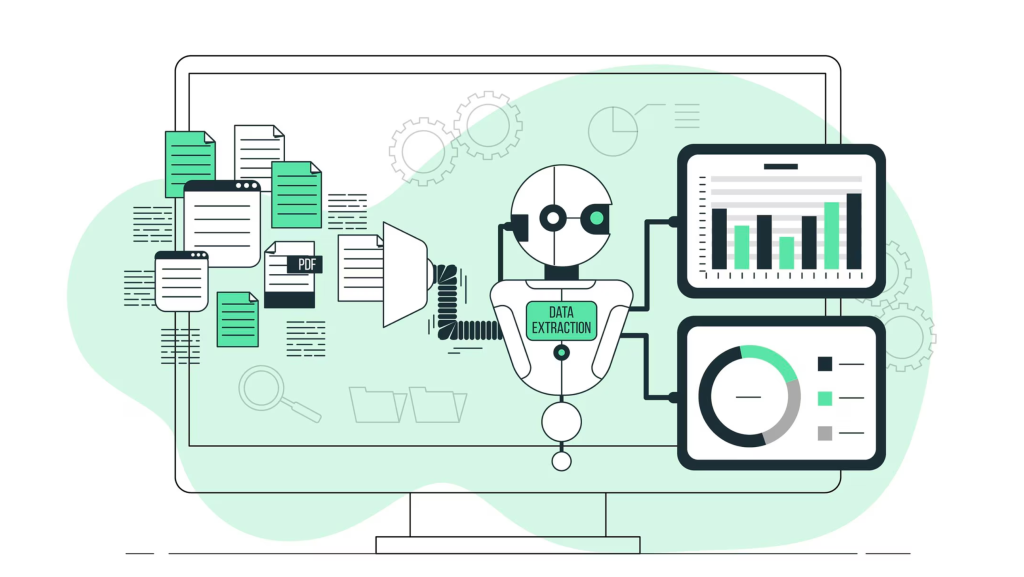In today’s digital world, machine learning (ML) is no longer a futuristic concept—it’s a real-world technology shaping everything from how we shop online to how doctors diagnose diseases. But while it’s making headlines, many people still wonder: What exactly is machine learning, and how does it work?
If you’re curious about the basics of machine learning—without getting lost in technical jargon—you’re in the right place. This beginner-friendly guide breaks down the core concepts, real-life uses, and why it all matters.

🤖 What Is Machine Learning?
At its core, machine learning is a method of teaching computers to learn from data, rather than being explicitly programmed for every single task. It’s a branch of artificial intelligence (AI) that enables systems to recognize patterns, make decisions, and improve over time—all without human intervention.
Imagine teaching a child how to identify a cat by showing pictures of different cats. Over time, the child learns what features define a “cat.” Machine learning works in a similar way—just with algorithms and data instead of human intuition.
🧠 How Does Machine Learning Work?
Machine learning relies on algorithms—a set of rules or instructions that the computer follows. Here’s a simple breakdown of the process:
- Input Data: The algorithm is given a large amount of data.
- Training: It analyzes this data to identify patterns and relationships.
- Prediction: Based on what it learned, it can make predictions or decisions.
- Feedback: The more data it receives, the more accurate it becomes over time.
This cycle of learning → predicting → refining is what makes ML so powerful.
📚 Types of Machine Learning
There are three main types of machine learning, and understanding the differences is key to grasping how they’re used in the real world:
1. Supervised Learning
- What it is: The model learns using labeled data (data that already has correct answers).
- Example: Email spam detection—emails are labeled as “spam” or “not spam,” and the model learns to sort new ones accordingly.
2. Unsupervised Learning
- What it is: The model works with unlabeled data, trying to find hidden patterns or groupings.
- Example: Customer segmentation in marketing—grouping customers based on buying behavior without predefined labels.
3. Reinforcement Learning
- What it is: The model learns by interacting with an environment and receiving feedback in the form of rewards or penalties.
- Example: Teaching a robot to walk by rewarding it when it takes correct steps.
🛠️ Real-World Applications of Machine Learning
Machine learning is already part of your everyday life, whether you realize it or not. Some common applications include:
- Search engines (like Google) that rank results based on past behavior
- Streaming services (like Netflix or Spotify) that recommend shows or songs you’ll like
- Voice assistants (like Alexa and Siri) that learn your speech patterns
- Banking systems that detect fraudulent transactions in real time
- Healthcare tools that help predict diseases based on medical records
In fact, according to McKinsey & Company, machine learning could generate up to $2.6 trillion in business value in marketing and sales alone.
🔍 Why Machine Learning Matters
So why should the average person care about machine learning?
Because it’s transforming how decisions are made—by businesses, governments, and even individuals. It enhances efficiency, reduces human error, and uncovers insights that would be impossible to find otherwise.
For example:
- A hospital might use ML to predict which patients are at high risk of readmission.
- A smart home system might adjust the thermostat based on your preferences.
- A retail company might stock inventory based on predicted customer trends.
💡 Benefits of Machine Learning
- Automation: ML can handle repetitive tasks faster and more accurately than humans.
- Scalability: Once trained, models can process massive amounts of data quickly.
- Personalization: From ads to recommendations, ML helps tailor content to individual users.
- Continuous improvement: ML systems learn from new data and improve over time.
🚫 Challenges and Ethical Considerations
Despite its benefits, machine learning isn’t without its downsides. Key challenges include:
- Bias in data: If the data used to train the model is biased, the predictions will be too.
- Lack of transparency: Some models are so complex they’re called “black boxes” because even developers don’t fully understand how they work.
- Privacy issues: ML often relies on large amounts of personal data, raising concerns about security and consent.
According to a Stanford University report, ethical frameworks for AI and ML are still evolving, but they’re critical for ensuring fairness and accountability.
✅ Tips for Getting Started
If you’re interested in learning more or even diving into ML yourself, here are some beginner-friendly tips:
- Learn the basics of Python – It’s one of the most common languages used in ML.
- Explore free online courses – Platforms like Coursera, edX, and Khan Academy offer beginner-friendly ML courses.
- Practice with real data – Use sites like Kaggle to get your hands on real-world datasets.
- Follow industry blogs and podcasts – Stay updated on trends and innovations.
📘 Conclusion: The Future Is Learning
Machine learning isn’t just a tech buzzword—it’s a powerful tool that’s shaping the future. While it may sound complex, its basic principles are easy to understand and increasingly important to daily life.
As this field continues to evolve, the more we understand it, the better prepared we’ll be for a world where machines not only compute—but learn.
📚 References
- McKinsey & Company. (2022). The state of AI in 2022—and a half decade in review.
https://www.mckinsey.com - Stanford HAI. (2023). The AI Index Report.
https://hai.stanford.edu/research/ai-index - IBM Cloud Learn Hub.?
https://www.ibm.com/cloud/learn/machine-learning






